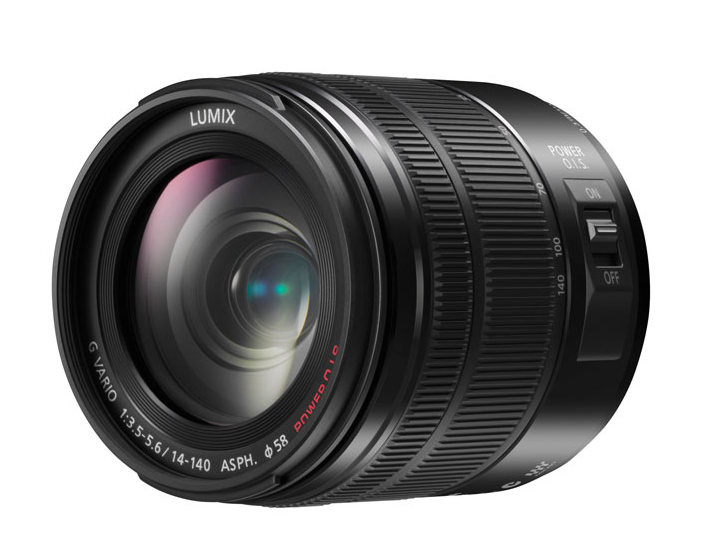A compact, relatively light X-system camera with the same sensor as the X-Pro1 and X-E1. It comes with built-in Wi-Fi and a generous suite of scene-based automatic exposure modes.

Photo Review Reviews section

A compact, relatively light X-system camera with the same sensor as the X-Pro1 and X-E1. It comes with built-in Wi-Fi and a generous suite of scene-based automatic exposure modes.

After using RawTherapee 4.0.11 with raw files from several different camera manufacturers we are very impressed by its capabilities.

The Vision blue3 head and tripod system targets the fast-growing marketplace that includes mid-weight, 1/3-inch to 1/4.1-inch chip camcorders and professional DSLR cameras with large lenses.

A second-generation 10x zoom lens that is smaller, lighter, faster and less-expensive.

Announced in April, the Fujinon XF 55-200mm f/3.5-4.8 R LM OIS is the first telephoto zoom lens for Fujifilm’s X system cameras.

The Canon EF-S 18-55mm f/3.5-5.6 IS STM Lens is a useful starter lens for digicam upgraders looking for improved image quality.

Panasonic’s Lumix DMC-GF6 represents the latest iteration of the company’s entry-level compact systems cameras. Similar in size and body styling to the GF5, the GF6 has a lot more to offer to enthusiasts. Its resolution has been increased to 16 megapixels and it features the latest Venus Engine image processor, along with integrated Wi-Fi plus near field communication.

The PEN E-P5 is the new ‘top dog’ for the Olympus PEN line of mirrorless compact system cameras. Equipped with the same 16-megapixel sensor and TruePic VI image processing engine as the OM-D E-M5, the E-P5 is a more substantial beast than the E-P3 model it replaces, although its body styling hasn’t changed substantially. But, in line with modern trends, the new camera brings integrated Wi-Fi to the PEN series.

Canon’s EOS 100D has created a lot of interest since it was announced on 21 March. We published a detailed ‘First Look’ at the key features of the EOS 100D on the day of the announcement but were unable to conduct any performance tests. Having received a production-standard camera, we are now able to apply our full suite of tests and report upon them in this review.

Announced in mid-March, the EOS 700D replaces the EOS 650D and is positioned at the top of Canon’s entry-level DSLR line-up, beside its lightweight sibling, the EOS 100D, which shares the same image sensor and processor. It’s a relatively minor update to an already successful model so it’s no surprise to find the image sensor and processor chips haven’t changed, which means the same image quality should be delivered.
Ads can be a pain, but they are our only way to maintain the server. Please deactive Ads blocker to read the content. Your co-operation is highly appreciated and we hope our service can be worth it.